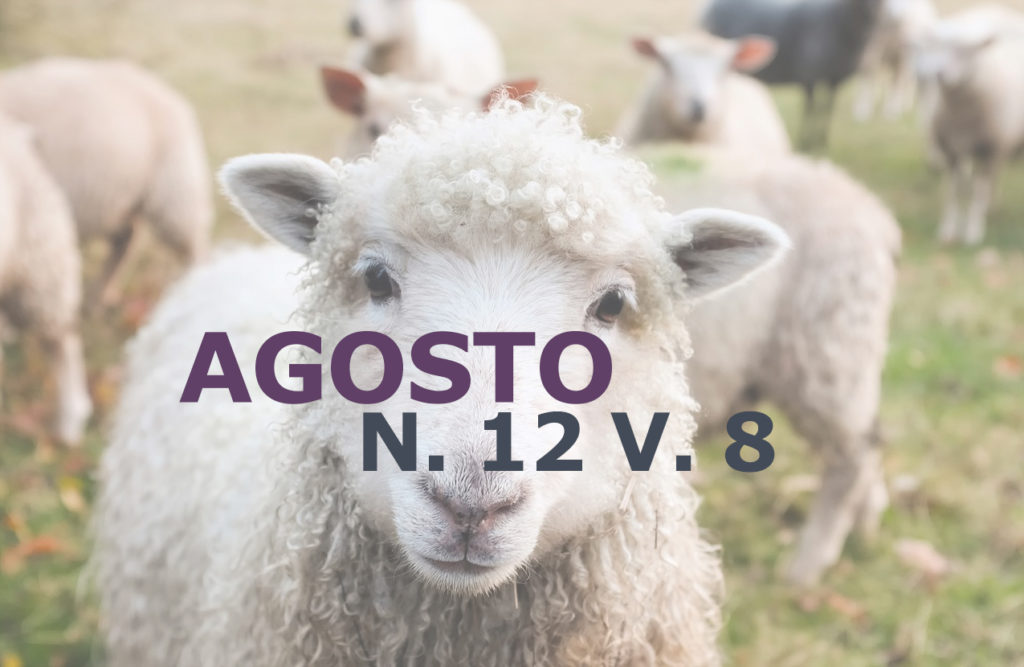Rupture of the cranial cruciate ligament of dogs treated at the veterinary hospital of the Anhembi Morumbi University
DOI:
https://doi.org/10.31533/pubvet.v12n8a143.1-6%20Keywords:
spaying/ neutering, gender, age, size, raceAbstract
The aim of this study is identify risk factors such as race, age, sex, body weight and spaying/ neutering in dogs that suffered rupture of the cranial cruciate ligament (RCCL), treated at Hovet Universidade Anhembi Morumbi. Records of cases of dogs treated with RCCL were surveyed in the 2009 – 2015 period. In the period studied, 382 animals were treated with RCCL, of which 189 were females and 193 males. There is no statistically significant difference between males and females at the age of neutering, age at rupture and in the interval between neutering and RLCCr. But there was a statistically significant difference in the average age at RCCL of animals over 20 kg compared to the others.It was concluded that there is influence of the animal weight in the occurrence of RLCCr, since animals with more than 20 kg presented the RLCCr with a lower age than the smaller animals. The races most affected by RLCCr were Pitbull, Poodle, Fila Brasileiro, Yorkshire, Rotweiler, Labrador and Lhasa Apso. As in this study there was no treatment of spaying/ neutering animals before puberty that presented RLCCr, it is necessary to investigate the influence of spaying/ neutering in prepubertal animals in the occurrence of RLCCr.
Downloads
Published
Issue
Section
License
Copyright (c) 2018 Alane L. Xalega, Fernanda R. Almeida, Silvia Ferrari, Tatiana Helfenstein

This work is licensed under a Creative Commons Attribution 4.0 International License.
Você tem o direito de:
Compartilhar — copiar e redistribuir o material em qualquer suporte ou formato
Adaptar — remixar, transformar, e criar a partir do material para qualquer fim, mesmo que comercial.
O licenciante não pode revogar estes direitos desde que você respeite os termos da licença. De acordo com os termos seguintes:
Atribuição
— Você deve dar o crédito apropriado, prover um link para a licença e indicar se mudanças foram feitas. Você deve fazê-lo em qualquer circunstância razoável, mas de nenhuma maneira que sugira que o licenciante apoia você ou o seu uso. Sem restrições adicionais
— Você não pode aplicar termos jurídicos ou medidas de caráter tecnológico que restrinjam legalmente outros de fazerem algo que a licença permita.





